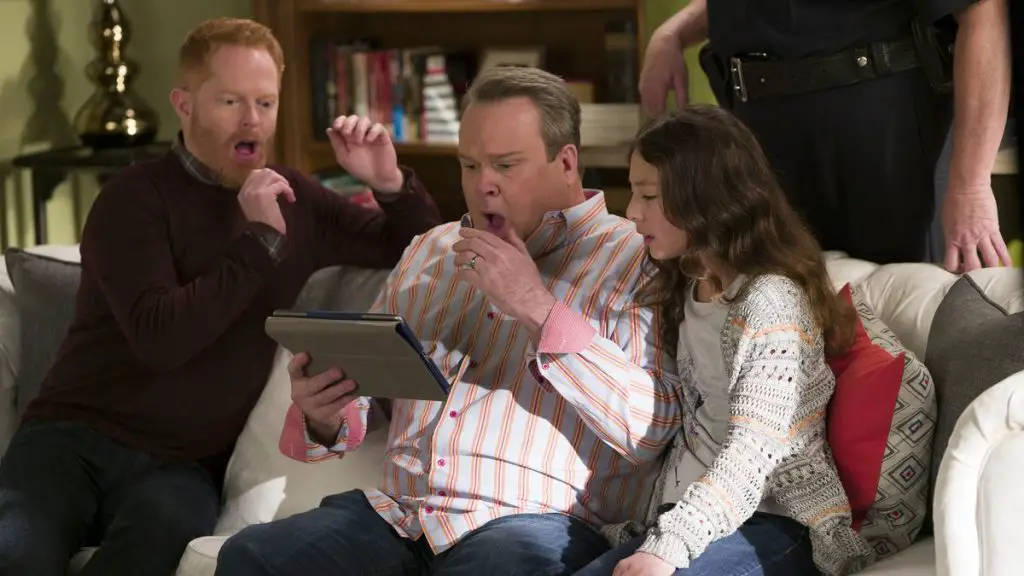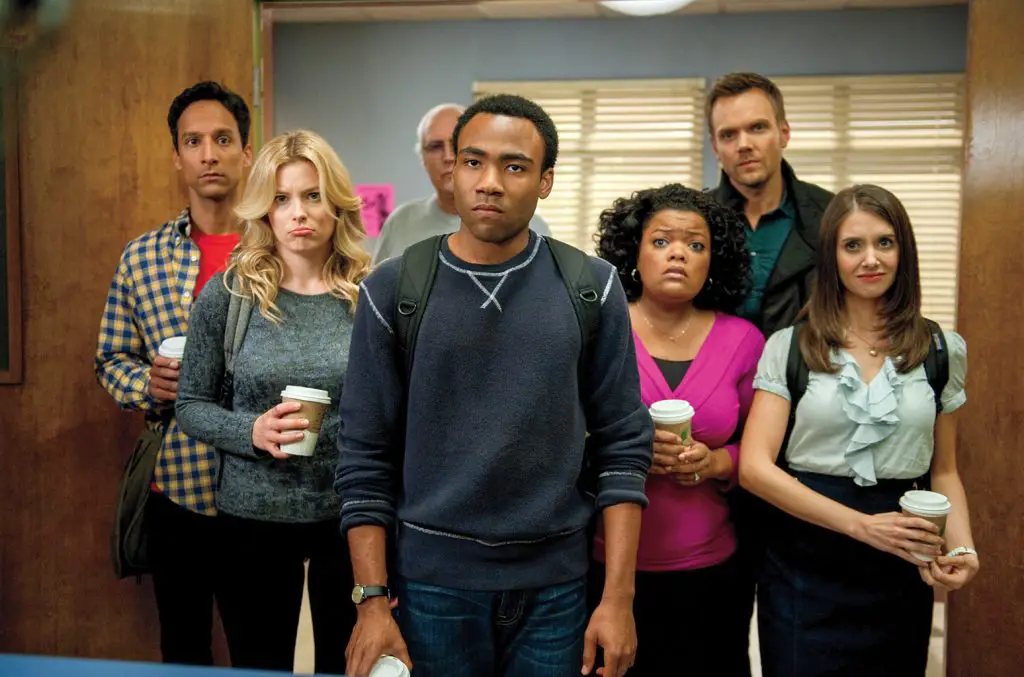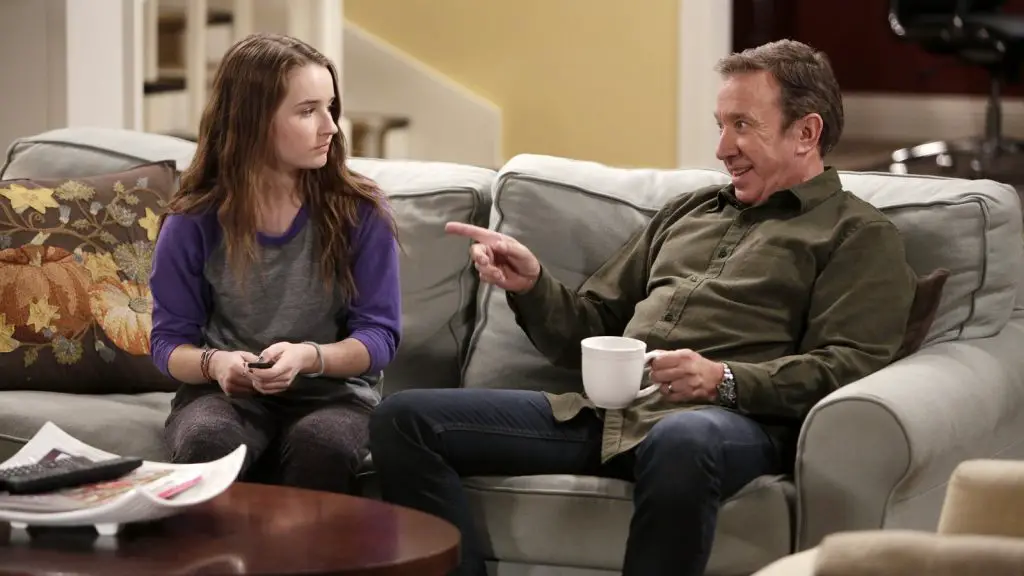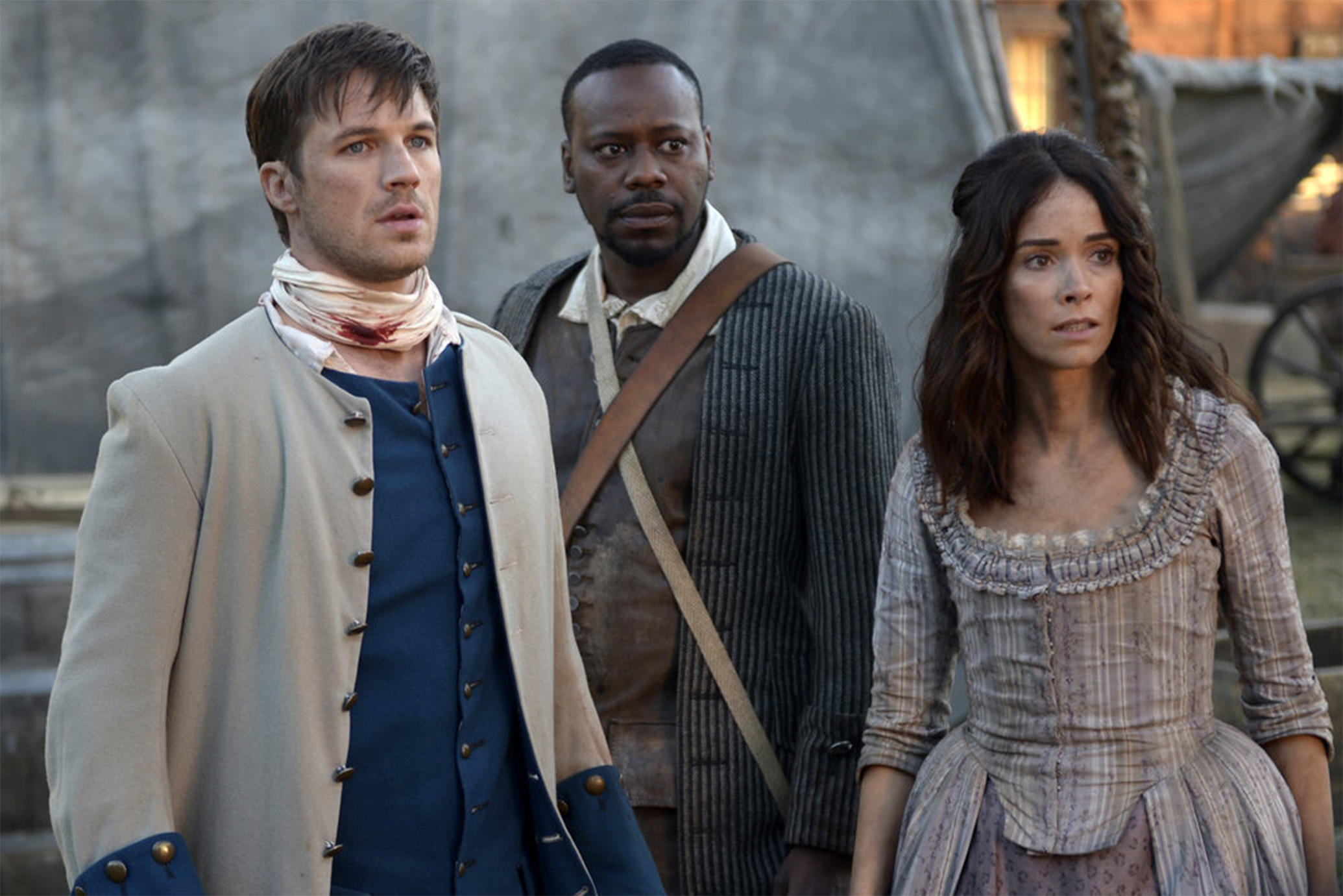Twitter Fingers
You may be disappointed by the amount of impact that a show’s fans really have.
By Eric McInnis, Arcadia University
Every year, around mid-May, television networks and companies take part in a series of events known as the upfronts.
For those who may not know, upfronts are gatherings and press conferences held by television executives and attended by advertisers. These meetings involve executives promoting their network and pitching new shows, while backing current ones, all in the attempt of persuading advertisers to sponsor or air their commercials during their programs “upfront,” months before the beginning of the new fall season.
Of course, because there’s so little space on a TV schedule, and because there are only so many weeks in an average television season, many shows are canceled in favor of returning successes and potential new hits. Subsequently, whether it’s for poor ratings, failed negotiations with the producers or the show simply having lost its audience, among many other reasons, the month of May often brings about a slew of cancelled TV shows. Such cancelations rarely sit well with fans, who are disappointed, upset and angry seeing a show that they loved to watch every week get the shaft.
This May was no different; while there were plenty renewals of fan-favorite shows, such as “Modern Family,” “Chicago Fire” and “Gotham,” there were also plenty of cancelations, with some of the more high-profile shows including “Scream Queens,” “2 Broke Girls” and “Last Man Standing.”

Because television fans are distraught and aggravated at seeing the programs they adored end so abruptly, renewal campaigns quickly sprout up, as supporters take to social media to protest and demand a second chance for the shows they were so devoted to. Campaigns like this are nothing new, as they date back to the 1960s, when fans of the original “Star Trek” series sent in thousands of letters to NBC in support of the show, which resulted in “Trek” getting its third and final season aired. But, with the rise of social media and the growing influence and power of fandom, such campaigns have become increasingly common.
Just last month, one could argue that a renewal campaign actually worked. The NBC sci-fi time-travel drama “Timeless,” a series about a group of historians and scientists attempting to stop a villain from changing the course of American history through time travel, had mediocre ratings throughout its run, in spite of good reviews and half of the show’s run airing after “The Voice,” one of NBC’s biggest hits. As such, the show was expected to be canceled, and eventually was, on May 10, 2017. But, three days later, NBC reversed their decision and announced “Timeless” wasn’t canceled and was renewed for a second season expected to air in either the spring or the summer of 2018.
Naturally, many fans of the show believed that they were the ones who helped change NBC’s mind. After all, NBC president, Robert Greenblatt, admits fan outcry was the main reason for the show’s return to television, so, clearly NBC listened. Ergo, one would assume that campaigns to keep TV shows alive work, right? Well yes, in a way. While fan interest will always play a part, there are plenty of different factors that influence a show’s cancelation or renewal, and most of the time, Twitter hashtags and online petitions aren’t a big help.
While this seems like an odd hobby, I have a very large interest in how the television industry operates and how or why shows get renewed and canceled. I like seeing television ratings and analyzing how they impact a show’s chances of renewal or cancelation. I also enjoy seeing how shows that are “on the bubble,” or are fifty-fifty in their renewal or cancelation chance, end up by the time upfronts roll around. And, it’s through my hobby that I’ve been able to have a greater understanding of why shows “on the bubble” either get picked up for another season, or end their runs without any final send-off.
The most basic answer I can possibly give as to why a “bubble show” is canceled or renewed comes down to one specific entity—money. I know, a shocking answer, but, most of the time, even with a successful fan campaign, such as the one “Community” and its “#SixSeasonsAndAMovie” crusade had, most of the logic behind picking up or renewing a show is determined by monetary reasons, which fans have little to no control over.

Television critic Todd VanDerWeff of “Vox” explained the reasoning behind why a low-rated show might be kept on the air. In the case of renewals like “Timeless,” and cancelations like “Last Man Standing” or “2 Broke Girls,” the main reason for their fate, VanDerWeff explains, come from within the studios that produce them.
Contrary to popular belief, the networks don’t own the rights to many of their shows, but rather, the production companies and studios that produce the show do. To better explain the way ownership works, the production company is the group that makes the TV show. Because they are in charge of production, they are also the ones who own the show and collect almost all revenues, including syndication, merchandising, DVD sales and overseas sales. The studio later pitches the show to a network, who pays a licensing fee, essentially an agreement to pay the studio a certain amount of money per episode, as well as a guaranteeing a certain amount of airings. In exchange, the network gets the ad revenue from those airings.
Because of the licensing fee, shows produced by other studios, independent of the network, get to air. For an example, “Modern Family,” a show produced by 20th Century Fox Television, is now allowed to air on ABC, due to a licensing fee. However, ABC only receives revenue from “Modern Family” from its airings on their channel. ABC doesn’t get any of the revenue generated from reruns, syndication deals or DVDs; 20th Century Fox Television gets the money. The only real exception to the rule are studios that have the same parent company, as their licensing fee is so small to the point it’s irrelevant. Essentially, a show like “Black-ish,” an ABC Studios show, is owned by the network ABC, while “Modern Family” is not.
Because a parent company wants to produce enough episodes of their own shows to continue making more money, third-party shows will often be overlooked and cancelled. “2 Broke Girls” was owned by WB, and while the show was very popular, it wasn’t owned by CBS, and the two companies couldn’t negotiate on a license fee, which would have made CBS happy to continue making the show. So, it was canceled, even though it’s ratings were higher than CBS-owned shows like “Scorpion” or newbie “Man with a Plan,” both of which were renewed for another season. “Last Man Standing” was in the same boat; popular show, but owned by a different studio, and neither company could negotiate on a good compromise for the license fee, prompting the show to be canceled after six seasons.

The question is, why did “Timeless” get un-canceled? Was it the result of a huge online campaign? Was it due to huge fan support? Again, looking into the studios and overall economics of television production, the story becomes more and more clear, ignoring what some PR pieces would have you believe. Something important to note is that “Timeless” is produced by not one, but two major studios. “Timeless” is a co-production between Universal Television and Sony Pictures Television, so, even though NBC won’t receive the entirety of the profits from areas like syndication or streaming deals, they will still get a good amount of money they wouldn’t have otherwise gotten if “Timeless” was solely made by Sony Television.
But, I feel the answer comes down to Sony Television as a negotiator. I’ve followed television ratings for almost six years, and it’s obvious that Sony Television is a studio that loves to have as many shows airing as they possibly can.
Examples include how Sony Television more or less forced NBC to renew a fifth season of the critically acclaimed, yet poorly-rated comedy “Community,” in exchange for a pickup of the hit show “The Blacklist.” And, how CBS rejected the Sony pilot “Sneaky Pete,” only for the studio to later pitch the show to Amazon, where it’s now currently streaming. In the case of “Timeless,” Sony made a deal with Universal in which the latter would get the lion’s share of the profits. Sometimes the best way to keep a show alive is to have a great negotiator, and again, contrary to what PR teams might tell you, Sony was the defining factor for the freshman show’s sudden Season 2 pickup, not any campaigns or complaints from the show’s fan base.
Of course, an important thing to remember, is that the fans don’t have zero power in a renewal. After all, fans are the reason shows exist in the first place, and it’s clear that studios are more likely to appease shows with some sort of pre-established, large base of viewership than other shows, which come and go with little to no attention; for proof, consider the example of the poorly rated shows “Parks and Recreation” and “Friday Night Lights,” both of which lasted for years solely because the love from their fans. But, in the complex world of television, with business practices, international economics, syndication and ownership, fan support is only a small fraction of whether a show gets a new season or not. So, the next time you try to create a Twitter campaign demanding a network keep your show alive, understand that just asking for another chance won’t be the only reason a bubble show earns another season.
















